Step-by-Step Guide to Painting Over Gloss Paint: Tips and Techniques
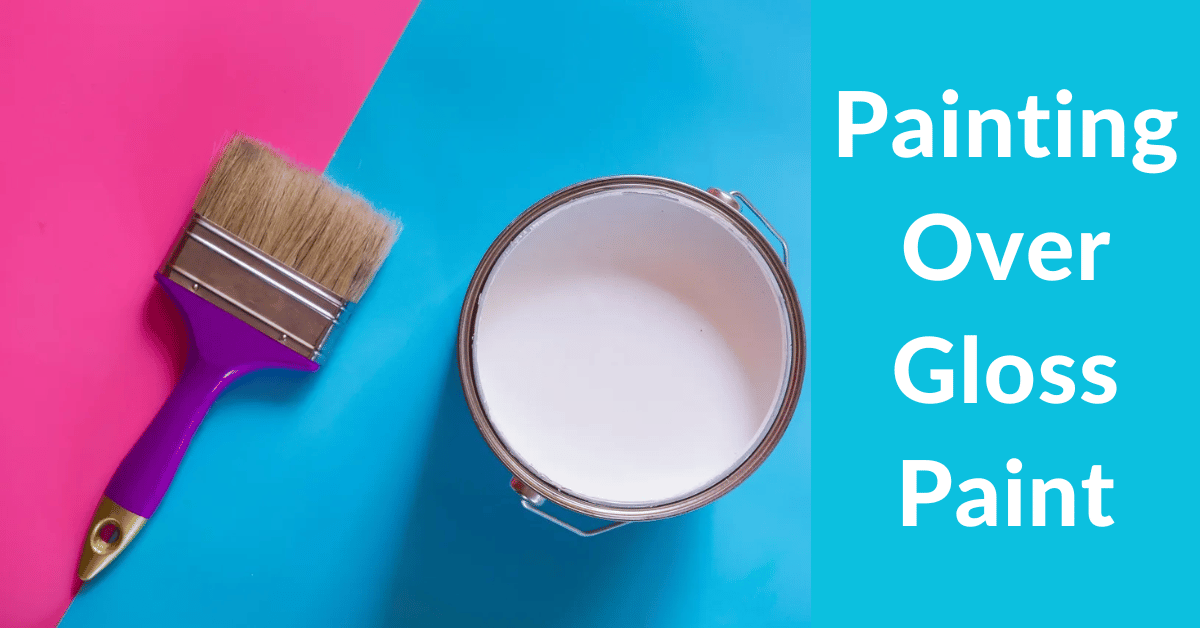
DIY DOJO is reader-supported. We may earn an affiliate commission when you buy through links on our site. Find out more.
Are you tired of the shiny, outdated look of gloss paint in your home? Painting over gloss paint can be a daunting task, but with the right technique, you can achieve a sleek and modern look that will transform any room. A contemporary matte finish can create a sophisticated and elegant atmosphere that complements modern décor.
In this article, we will explore selecting the right primer to apply the final coat of paint, we’ll guide you through the steps necessary to achieve a modern and stylish look for your walls. With a little bit of patience and attention to detail, you can update your home and achieve a stylish and contemporary look.
Is It Possible to Paint Satin Over Gloss Without Sanding?
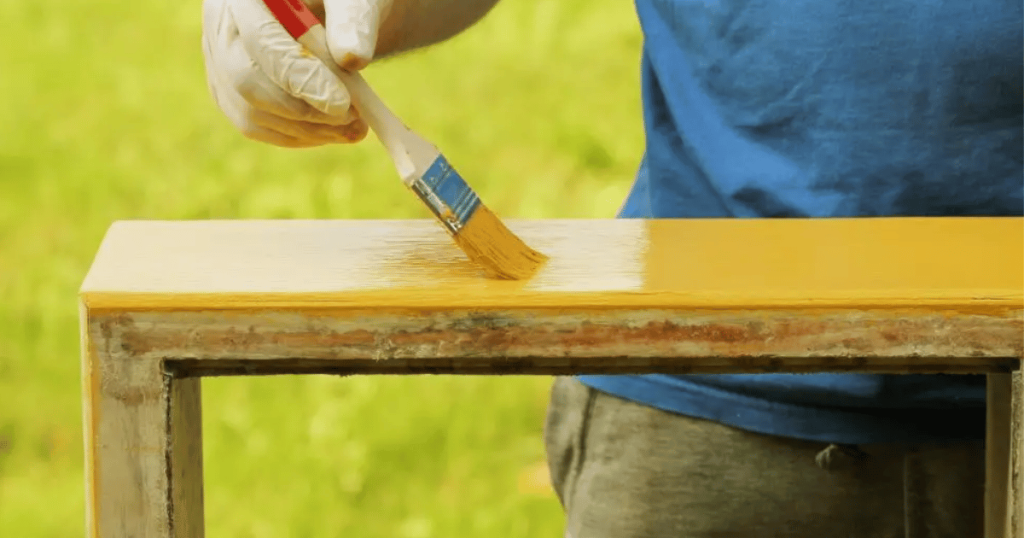
Painting satin over gloss without sanding is possible, but it is not always recommended. The high gloss paint has a smooth and shiny finish, which makes it difficult for the new paint to adhere properly without first preparing the surface. When painting over gloss without sanding, there are a few things to keep in mind.
First, it is essential to clean the surface thoroughly with sugar soap and water to remove any dirt, grease, or grime. Once the surface is clean, it is important to use a high-quality primer that is designed to bond with the existing glossy surface. The primer will help the new paint adhere better and provide a uniform base for the satin paint.
When it comes to applying the satin paint, it is essential to apply it in thin coats, allowing each layer to dry completely before adding another. This will help prevent drips and ensure a smooth, even finish. It is also important to use high-quality satin paint that is designed to be used on glossy surfaces. However, it is still recommended to lightly sand the gloss paint before applying the satin paint.
Sanding will help rough up the surface, creating a better surface for the new paint to adhere to. Sanding will also help remove any imperfections and ensure a smooth, even finish. It is important to note that sanding may remove some of the gloss, which could affect the final appearance of the paint.
In conclusion, while it is possible to paint satin over gloss without sanding, it is still recommended to sand the surface first for the best results. Proper surface preparation is essential for achieving a smooth, even finish that will last for years to come.
Can I put primer over gloss paint?
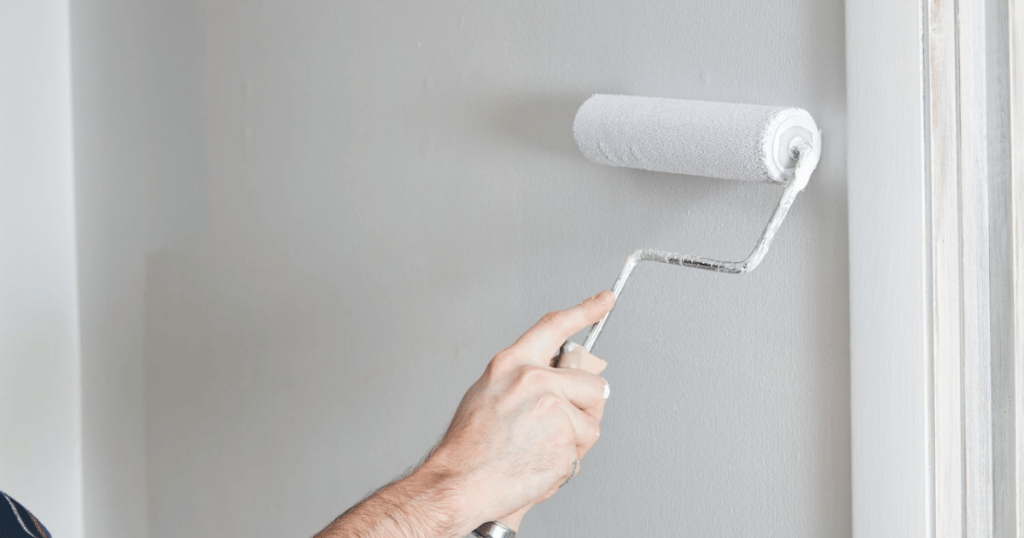
Applying primer over gloss paint can be a tricky process. This paint creates a smooth and shiny surface that can make it difficult for new paint or primer to adhere properly. However, in some cases, it may be necessary to use a primer to create a strong base for a new coat of paint to stick well.
To achieve optimal primer adhesion, it’s essential to thoroughly clean the surface of the glossy paint before applying the primer. You can accomplish this by using a deglosser or sandpaper to remove any sheen or luster from the surface.
If you’re unsure about whether or not to use primer over gloss paint, it’s always best to consult with a professional or seek advice from the paint manufacturer. They can help you determine the best course of action to achieve the desired result.
How to Apply Paint on Glossy Skirting Board?
Painting over a glossy skirting board can be a little challenging, as the glossy surface can make it difficult for the new paint to adhere. However, with the right preparation and technique, it is possible to achieve a smooth and long-lasting finish. Here are some steps you can follow to paint over glossy skirting:
- Clean the surface: Before you begin, it’s important to ensure that the skirting is clean and free from any dust, dirt, or grease. Use a damp cloth to wipe down the skirting, and allow it to dry completely.
- Sand the surface: To help the new paint adhere to the gloss surface, you will need to sand the skirting lightly. Use fine-grit sandpaper, and work in circular motions to roughen up the surface. Be careful not to sand too hard, as this can damage the skirting.
- Prime the skirting: Applying a primer will help to create a good base for the new paint, and also help it to adhere to the glossy surface. Choose a primer that is suitable for use on gloss surfaces, and apply it evenly over the skirting using a brush or roller. Allow the primer to dry completely before moving on to the next step.
- Apply the paint: Once the primer is dry, you can begin to apply your chosen fresh paint color. Use a brush or roller, and work in smooth, even strokes. Be sure to apply the paint thinly and evenly, as a thick topcoat can lead to drips and an uneven finish. You may need to apply two coats of paint for a completely opaque finish.
- Apply the paint: Once the primer is dry, you can begin to apply your chosen fresh paint color. Use a brush or roller, and work in smooth, even strokes. Be sure to apply the paint thinly and evenly, as a thick topcoat can lead to drips and an uneven finish. You may need to apply two coats of paint for a completely opaque finish.
- Allow the paint to dry: After applying the paint, allow it to dry completely before touching the skirting. This can take several hours or overnight, depending on the type of paint and the conditions in your home.
Overall, painting over gloss skirting requires a bit more effort than painting over a matte or eggshell surface, but with the right tools and techniques, it can be done successfully. Just be sure to take your time, follow the steps carefully, and allow each layer to dry completely before moving on to the next.
What Type of Paint is Suitable for Painting Over Gloss Paint?

Painting over gloss paint can be a challenging task, as the smooth and shiny surface can make it difficult for the new paint to adhere properly. However, with the right preparation and choice of paint, it is possible to achieve a successful finish.
The type of paint you can use to paint directly over glossy surfaces depends on several factors, including the surface being painted, the type of glossy finish, and the desired result. Here are some options to consider:
- Sanding and priming: Before painting over the surface, it is recommended to sand the surface to create a rough texture that will allow the new paint to adhere better. Then, apply a coat of primer that is suitable for your surface and the type of paint you will use.
- Oil-based paint: Oil-based paint is an effective option for emulsion painting over gloss paint, as it has a strong bond and provides a durable finish. However, it is important to note that using oil-based paint takes longer to dry and has a strong odor.
- Acrylic paint: Acrylic paint is another popular choice for painting over gloss paint. It dries quickly, has a low odor, and is available in a range of finishes, including matte, satin, and glossy. However, it may not be as durable as oil-based paint.
- Latex paint: Latex paint is a water-based paint that is easy to use and has a low odor. It can be used to paint over gloss paint, but it may require multiple coats to achieve a smooth finish.
When choosing the paint to use over gloss paint, it is important to read the manufacturer’s instructions and select a paint that is compatible with your surface and desired finish. Additionally, be sure to prepare your surface properly by cleaning it thoroughly and sanding it to create a rough texture.
Conclusion:
In conclusion, painting over gloss paint can be an excellent way to update the look of your home and give it a sleek, modern feel. Whether you choose to use a similar color or switch things up with a bold new shade, the key is to properly prepare your surfaces and use the right tools and techniques for the job.
With a little patience and attention to detail, you can transform your space into a stylish oasis that reflects your style and taste. So why wait? Grab your brushes and get ready to create a contemporary look that will leave your guests in awe!
FAQS

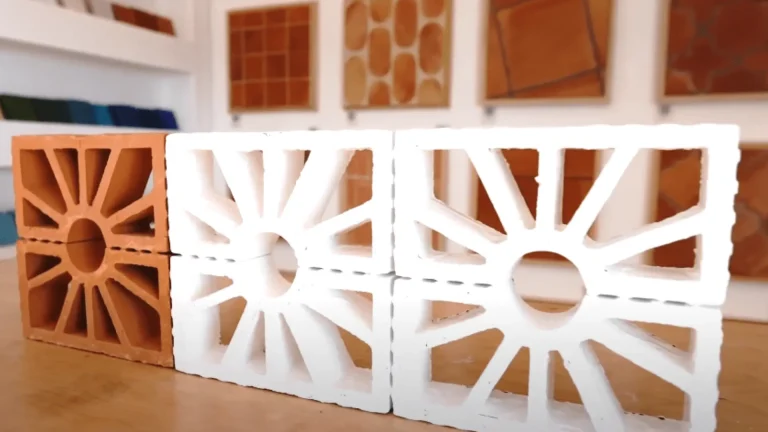

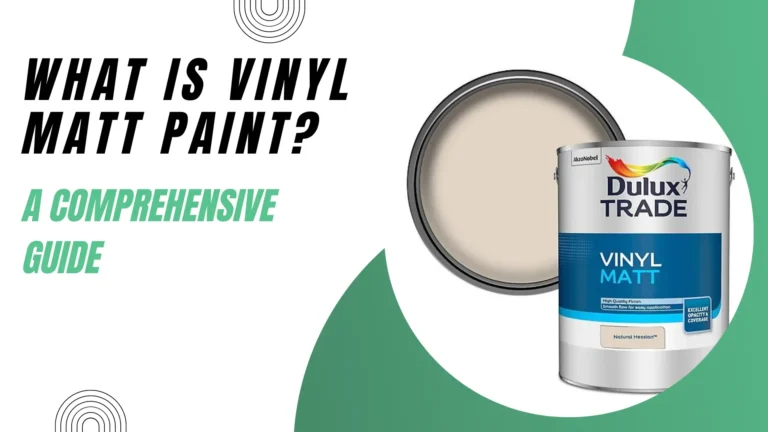



Wow, fantastic weblog structure! How long have you ever been blogging for?
you make blogging glance easy. The full look of your site is fantastic, as neatly as the
content material! You can see similar: sklep and here sklep online